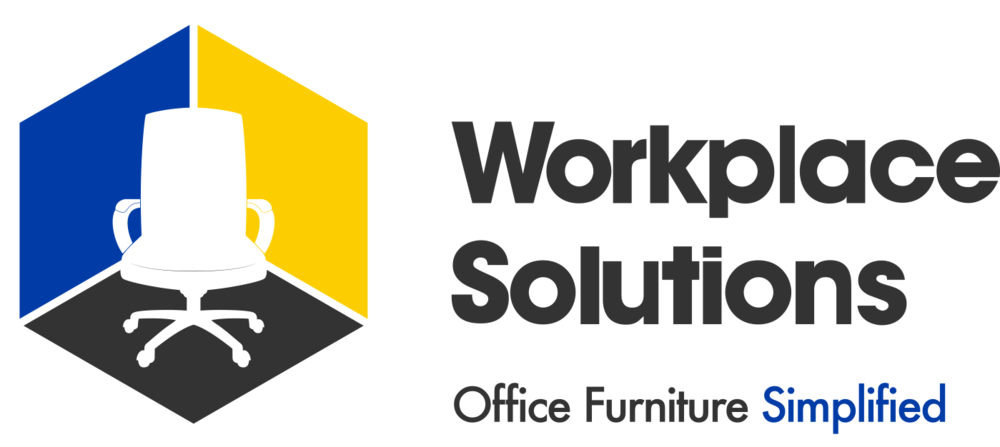As we come to the end of the most expensive economic crisis in modern history, business leaders are finally seeing the glimmer of light at the end of the shutdown tunnel. Battered by decreased revenues and not wanting to make costly decisions, they now must answer a critical question: how and when should we bring our organizations into the new business normal?
As leadership leans forward to press the giant restart button, many are reevaluating organizational structures, processes, digitalization strategies and work programs. Awed by the rapid cadence of the new remote workforce, leaders are challenged to sustain lessons learned from this massive work-from-home experiment and maintain the enhanced productivity, reduced operational cost and content workforce.
Organizations have successfully broken loose from the shackles of legacy linear work processes and are not reverting back to the old cadence and metrics. We are entering one of the most innovative periods in 20 years as leaders rethink and reposition conventional business knowledge and norms. Now, it’s time to look forward to the new era of business and workplace environments.
The Great Leap to Remote Work
It has been said that sometimes you need a little crisis to get your adrenaline flowing and help to realize your true potential.
For years, companies have had the ability and technology necessary to effectively deploy a remote workforce, but were met with resistance from management and leadership. Stay-at-home orders have proven the nay sayer wrong as overnight companies took the great leap over the wall of organizational resistance, and many companies now are experiencing spikes in employee productivity, satisfaction and effective team communication due to remote working. The pandemic shutdown has crushed the most conventional business wisdom: that physical workplace was critical for effective management, higher levels of productivity, cultural enhancement and attracting top talent.
